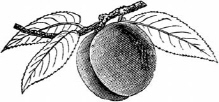Weird But True (8 page)

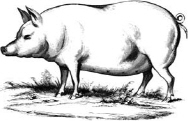
A
powdered compound made from pig bladders could hold the key to regenerating human limbs. In a test case from 2005, a man who had accidentally severed off his fingertip was able to regrow it entirely in four weeks.
* * *
The U.S. Army is researching human limb regeneration because of its potential to help soldiers who have lost limbs in battle.
A
fter losing his nose in a duel, the sixteenth-century Danish astronomer Tycho Brahe wore a prosthetic nose made from silver and copper for most of his life.

D
enmark is Europe's oldest continuous monarchy; the current royal family can trace its roots back to the Viking king Gorm the Old, who ruled from around 900 to 940. Gorm's son and successor was Harald Bluetooth.
* * *
Bluetooth wireless technology was named for Harald Bluetooth, who united the nations of Denmark, Norway, and Sweden. The Bluetooth wireless logo is composed of the runes representing the letters H and B for “Harald Bluetooth.”

E
mpress Maria Theresa of Austria earned the nickname “Mother-in-law of Europe.” The only female ruler of the 636-year Habsburg dynasty, she ruled for 40 years and gave birth to 16 children. Those who lived to adulthood she married off strategically, pairing them with royals from other nations to strengthen the Habsburgs alliances. Her youngest daughter, and fifteenth child, would become Queen Marie Antoinette of France.
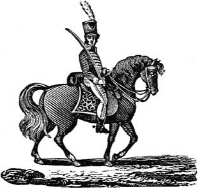
M
arie Antoinette's daughter Marie-Thérèse married her cousin Louis-Antoine, duke of Angoulême. He became King Louis XIX of France in 1830. His reign lasted twenty minutes.
* * *
The male heir to the throne of France is referred to as the dauphin.
Dauphin
is the French word for “dolphin.”
W
hen a wild dolphin became trapped in a marina lock in the 1980s, she was rescued and cared for at a dolphin sanctuary in Adelaide, Australia, where she must have picked up a few tricks from the other dolphins. Nearly twenty years later, marine biologists spotted several wild dolphins near Adelaide performing a trick known as tail walkingârising out of the water to a vertical position and gliding backward for several feet powered by flicks of the tail. Tail walking is a swell trick for trained performing dolphins, but it serves no known purpose in the wild. The biologists concluded that the rescued dolphin learned the skill during her time in the sanctuary and taught it to her pod-mates when she was returned to the wild.
D
olphins are “conscious breathers,” meaning that they have to be awake, or semi-awake, to remember to breathe. If they fall asleep entirely, they'll stop breathing and drown. So, dolphins don't ever go completely to sleep. Instead, they rest in short bursts throughout the day, sometimes shutting one eye and resting half their brain while keeping the other eye open and the other half of the brain alert.
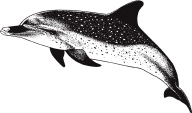
K
oalas sleep as many as twenty-two hours a day.
* * *
Koalas feed almost exclusively on eucalyptus leaves, which provide very little energy (thus the long naptime) and are highly toxic to almost all animals except koalas.
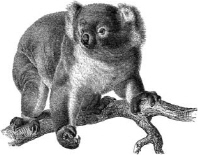

A
ncient Hittites used diseased animals as weapons against their enemies the Arzawans during the Anatolian War in the fourteenth century BCE. Their species of choice were rabbits, sheep, and donkeys carrying the bacteria
Francisella tularensis
, which causes the infectious disease known as tularemia or “rabbit fever.” Symptoms include skin ulcers, swollen lymph glands, fever, chills, respiratory failure, and pneumonia.

I
n addition to avian (bird) flu and swine fluâboth of which originated in animals and can affect humansâthere are canine flu and equine flu, related diseases that affect dogs and horses respectively.

